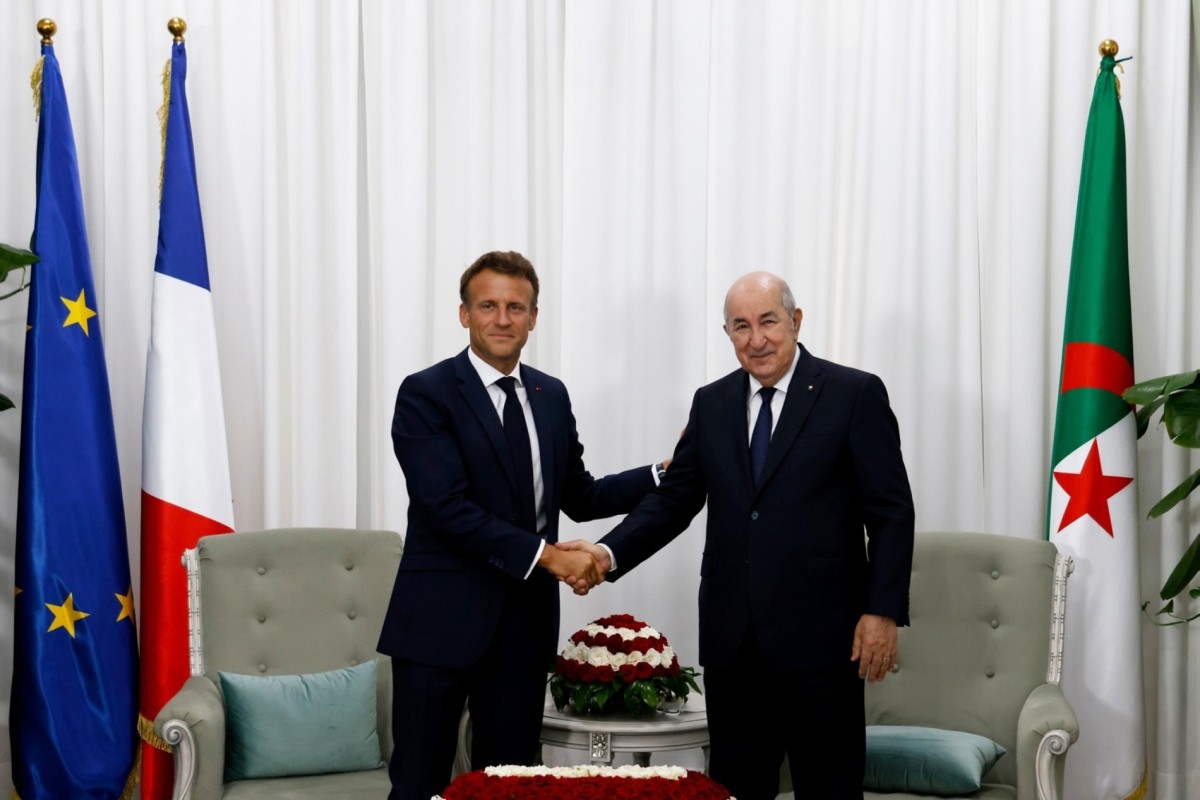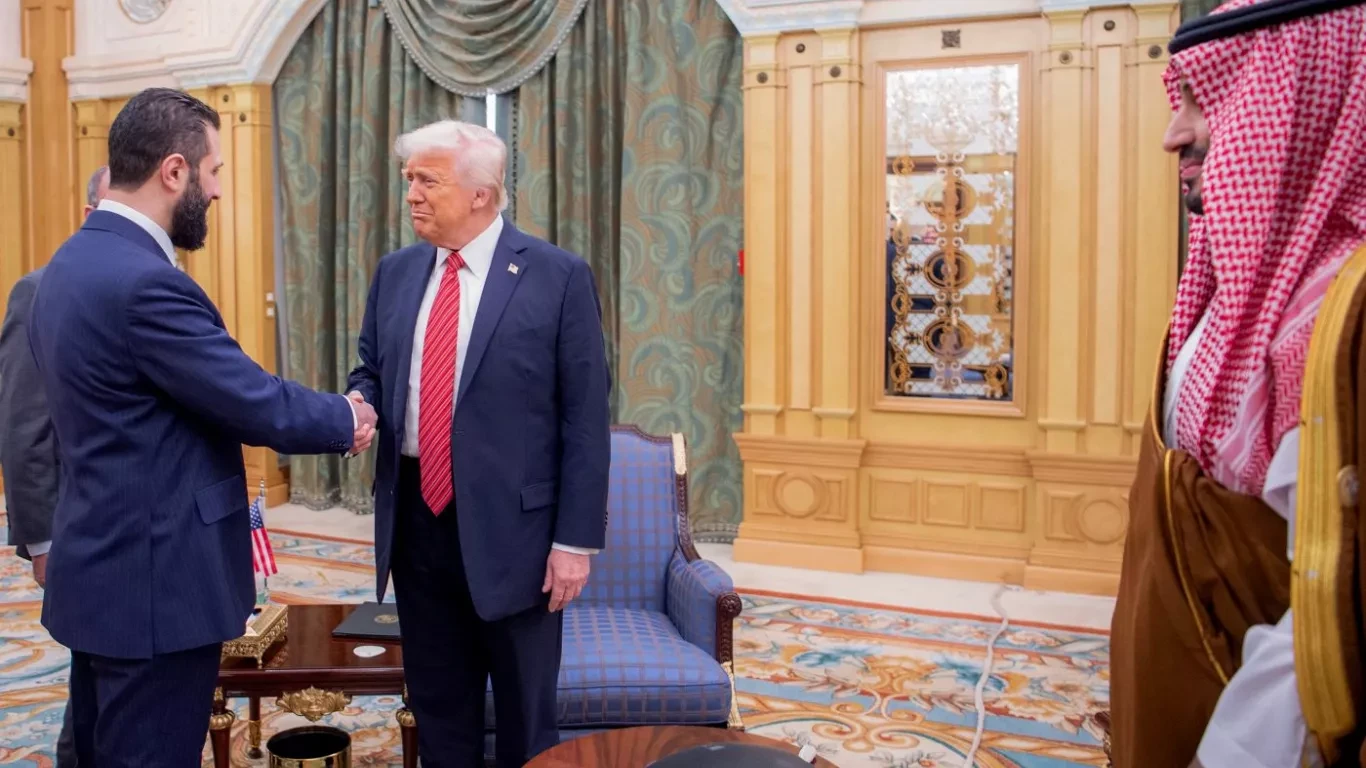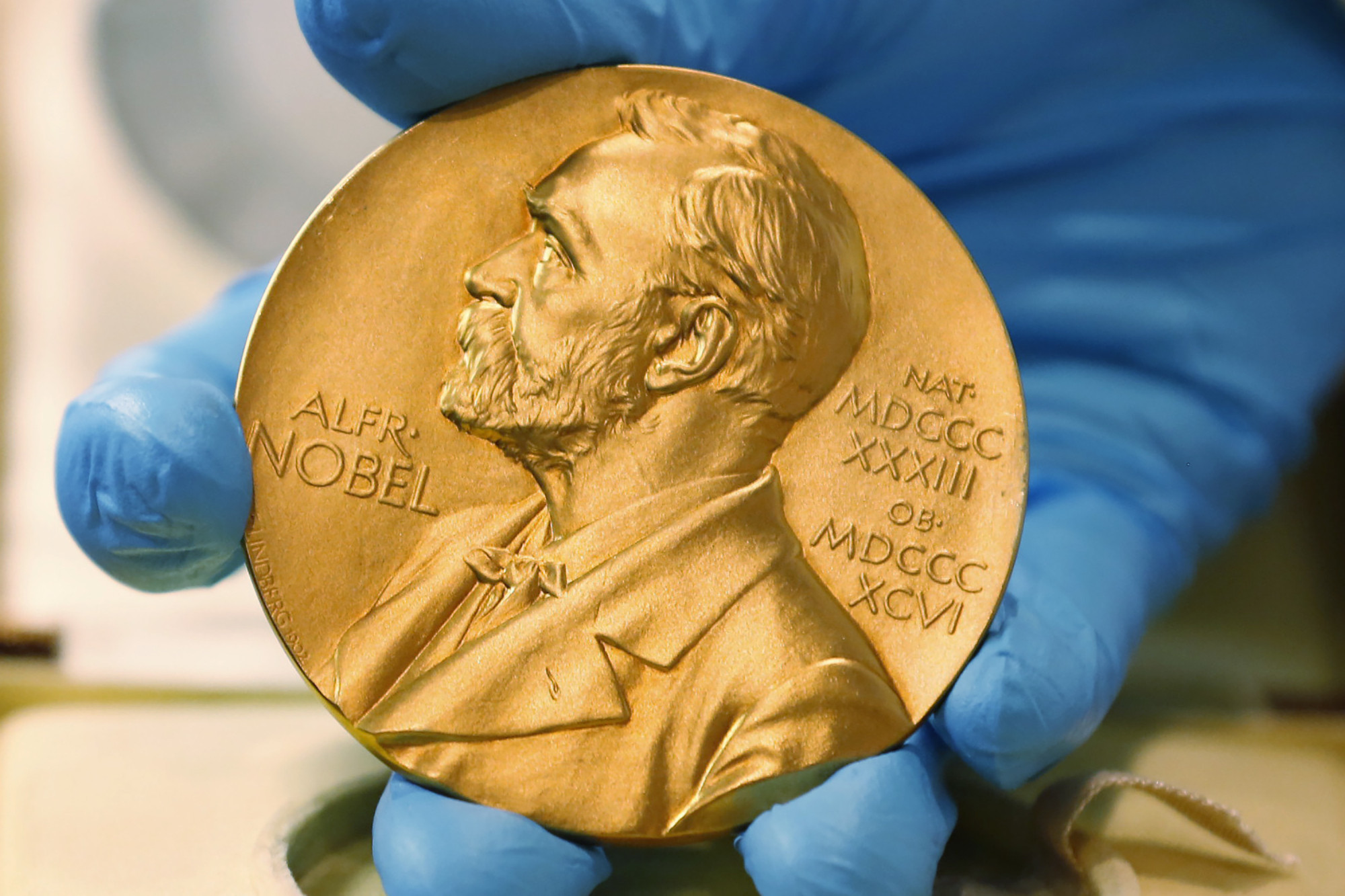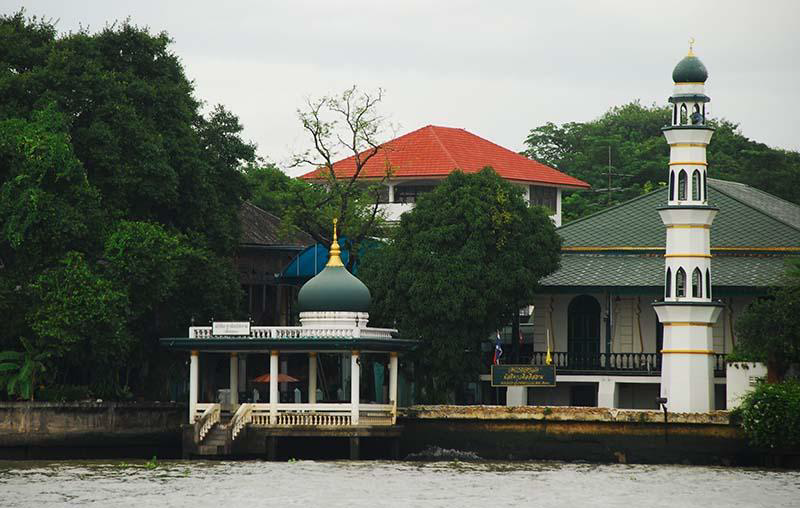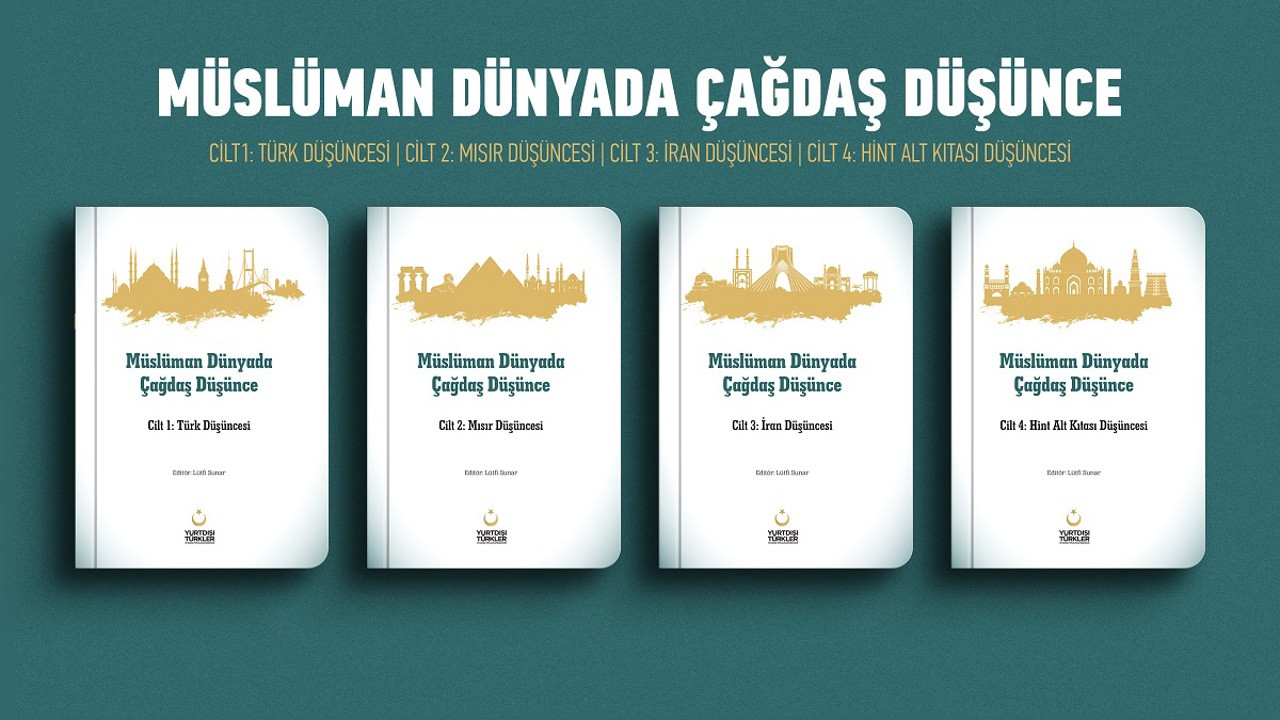
Book Review: Contemporary Thought in the Muslim World
In an era characterized by globalization, where geographical and physical boundaries have largely diminished in significance, there is no doubt that the relationships forged between societies and individuals are of great importance. In the contemporary world, Western civilization, with its cultural and technological dominance, exerts influence over societies and their interactions. For instance, until recently, Hollywood movies have been the most widely viewed films in our country and other regions. Conversely, the film industry from other regions often resides on the outskirts of the mainstream and receives relatively less recognition. In numerous instances like these, "developing" countries often embrace "developed" countries as ideals from various angles, while remaining largely oblivious to the rest of the world. Particularly in regions and countries with Muslim populations, their historical experiences and the impact of colonialism have hindered their ability to showcase their tangible and intangible creations on a global scale. To address this gap and provide a comprehensive exploration of the historical legacy and contemporary intellectual output of Muslims, the "Contemporary Thought in the Muslim World" series emerges as a valuable endeavour poised to bridge this divide.
The book project, with Prof. Dr. Lütfi Sunar as the editor, has received support from the Presidency for Turks Abroad and Related Communities. Originally published in 2020 as a four-volume series, the books shed light on the contemporary thought of four distinct regions: Turkish Thought, Egyptian Thought, Iranian Thought, and Indian Subcontinent Thought. Alongside these initial four volumes, the second set of four volumes was published in 2022, delving into contemporary Islamic thought in the Balkans, North Africa, Southeast Asia, and Western regions. In conclusion, three additional volumes were incorporated in the year 2023. The newly introduced volumes are sequentially titled "Turkic World," "Arab World," and "Sub-Saharan Africa."
Turkish World, Arab World, and Sub-Saharan Africa.
In the ninth volume, titled "Turkish World," experts in the field delve into a range of contemporary issues and agendas in regions and countries with substantial Turkish populations. Through 13 articles, they provide insightful analysis and exploration. Additionally, this volume includes a chronological map that highlights the intellectual ideas emerging from six different countries, such as the Soviet Union, Azerbaijan, and Uzbekistan, spanning the last two centuries. Moving forward, the tenth volume delves into contemporary issues within the Arab world, featuring 11 articles that cover a range of topics, complemented by a concluding chronological study. This section offers valuable insights into the intellectual journey of more than seven countries that have significantly influenced the concept of the Arab World, including Syria and Lebanon. Lastly, in the final volume, the book scrutinizes the contemporary thought of Sub-Saharan Africa, a region that has remained relatively unfamiliar until now. This section encompasses 12 articles and a chronological study, unveiling the intellectual development over the past 150 years.
Our capacity to recognize and build connections with something is fundamentally tied to the knowledge we possess about it. Just as we may hesitate to interact with unfamiliar individuals, we also approach unfamiliar societies with caution. This situation holds true for the Muslim world, particularly in the last 150 years. Despite sharing similar historical experiences, language, religion, and culture, societies that have such commonalities often give the impression of being disconnected today. From this perspective, the "Contemporary Thought in the Muslim World" series takes on great importance in illuminating the historical and intellectual partnerships among Muslim communities, opening new horizons of understanding.
Extent and Distinctive Elements of the Work
First and foremost, it is important to highlight the multidimensionality as a key feature of these books. Unlike many works that focus solely on the political or ideological events of a specific region, this book strives to transcend such limitations. Alongside political and ideological explanations, it also incorporates cultural and artistic elements. For instance, in the ninth volume, the esteemed literary figure Cengiz Aytmatov from the Turkish world is extensively discussed. Moving to the tenth volume, an assessment is made through the lens of the undeniable importance and popularity of Umm Kulthum and Fairuz in the Arab world. As for the eleventh volume, it encompasses two distinct analyses, delving into African cinema and postcolonial African literature.
Getting to know societies undoubtedly requires an understanding of their culture and art. Any work that neglects these realms will inevitably be lacking. Therefore, the inclusion of artistic, literary, and cultural topics in these books serves to fill this gap. From this standpoint, we are presented with a more comprehensive perspective that goes beyond mere political and ideological evaluations.
An additional point of significance is the inclusion of diversity within this study. Previous research has predominantly focused on select countries and actors, often neglecting others. However, the present work devotes attention to numerous countries, subjecting them to scrutiny by experts in their respective fields. This approach highlights the study's importance in terms of encompassing a diverse range of perspectives. Furthermore, the diversity of the author team deserves attention within the context of this discussion. Comprising representatives from over ten different countries, the team contributes to the overall diversity and inclusivity of the project. Authors, predominantly writing about their own countries, provide valuable insights into the internal dynamics and societal nuances of their respective nations. Consequently, this contributes positively to the content and richness of the book.
Another aspect worth mentioning is the breaking of the Orientalist influence, which can be regarded as the third point. Orientalism, roughly described as the Western construction of an imaginary portrait of the East within its own mental world, remains one of the significant challenges facing the Muslim world in recent years. This project aims to promote a real, rich, and dynamic world in contrast to the constructed Orientalist portrayal. The tenth and eleventh volumes of this series rectify the distorted knowledge and misconceptions regarding Africa and the Arab world, replacing them with accurate information. From this perspective, these books specifically challenge the Orientalist narrative. Presenting the accumulated knowledge of the Muslim world through the voices of Muslims themselves undermines the dominant Orientalist perspective and provides Muslims with the freedom to express themselves. This opportunity allows the Muslim world to attain "intellectual independence."
In conclusion, this three-volume work, published in addition to the initial eight volumes, addresses the intellectual developments in the remaining parts of the Muslim world. Methodologically, it provides a broader scope and perspective compared to existing studies by employing multidimensionality. The embraced diversity in terms of countries and authors enhances the richness and authenticity of the books. Lastly, serving as an attempt by Muslims to comprehend and articulate themselves, these books challenge the authority of the Orientalist perspective and provide a sense of freedom to Muslims.
 Yusuf Kâzım Buyruk
Yusuf Kâzım Buyruk
